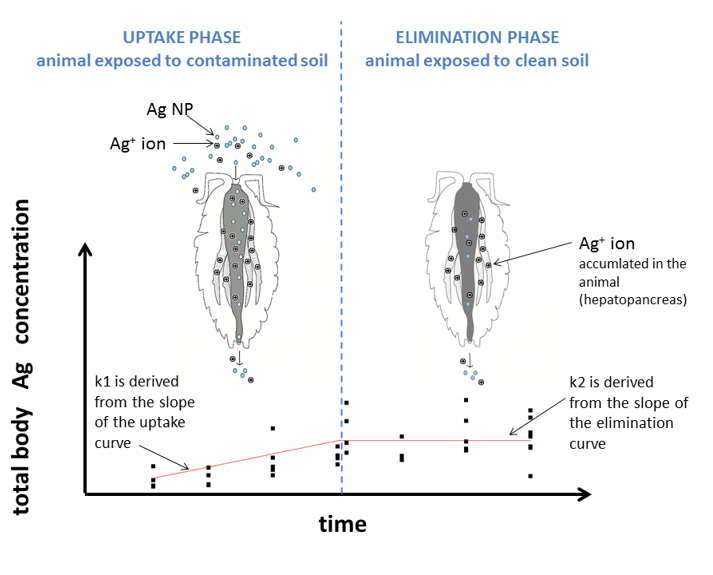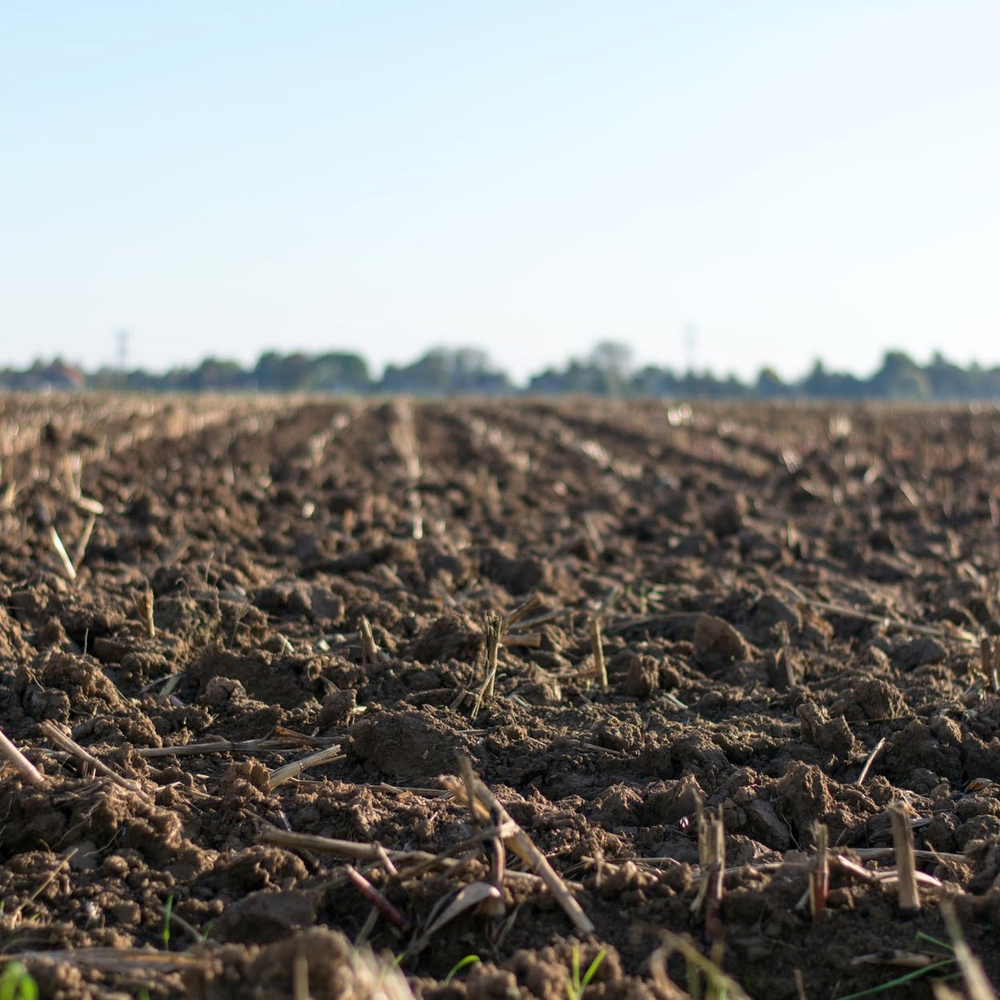NanoFASE Case Study: Biokinetics of Ag-NPs in isopods
Isopods are soil dwelling invertebrates that serve as important decomposers of organic matter. As they ingest soil, they are simultaneously exposed to potential soil contaminants, including metal nanoparticles (NPs). In this NanoFASE case study, we examined the biokinetics of silver (Ag) NPs, i.e. how much and how fast the animals take up, eliminate or accumulate this material.
Study aim |
|
The aim of the study is to provide uptake rate constants (k1) and elimination rate constants (k2) derived from the modelled biokinetic curve fitted to data on total body Ag concentration in isopods.
Overview |
||
|
|
Environmental medium: NP type/size: Pristine Ag-NP 50nm (Amepox) Species: |
|
Results |
|
Ag-NPs are taken up via ingestion and eliminated via defecation. NPs are not internalized, but can dissolve in the hindgut and subsequently, released Ag+ ions are assimilated and accumulated in the digestive gland (hepatopancreas). In conclusion, only those Ag-NPs that can dissolve are of relevance for the isopods. Non-dissolving Ag particles (for example the sulfidized Ag-NPs) pass the gut and are excreted by the animal back to the soil.
Modelling parameter outputs |
Compartment |
|
|
Read more |
Read also |
|
Visit the NanoFASE Library to read summaries of these reports: |
Tourinho, P.S., van Gestel, C.A., Morgan, A.J., Kille, P., Svendsen, C., Jurkschat, K., Mosselmans, J.F.W., Soares, A.M. and Loureiro, S., 2016. Toxicokinetics of Ag in the terrestrial isopod Porcellionides pruinosus exposed to Ag NPs and AgNO3 via soil and food. Ecotoxicology, 25(2), pp.267-278. Ardestani, M.M., van Straalen, N.M. and van Gestel, C.A., 2014. Uptake and elimination kinetics of metals in soil invertebrates: a review. Environmental pollution, 193, pp.277-295. |
Contact
 Iva Talaber
Iva Talaber
 Damjana Drobne
Damjana Drobne
 Anita Jemec
Anita Jemec



